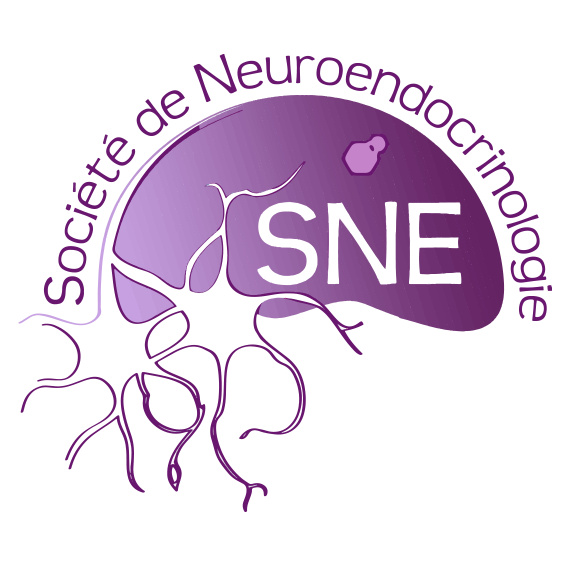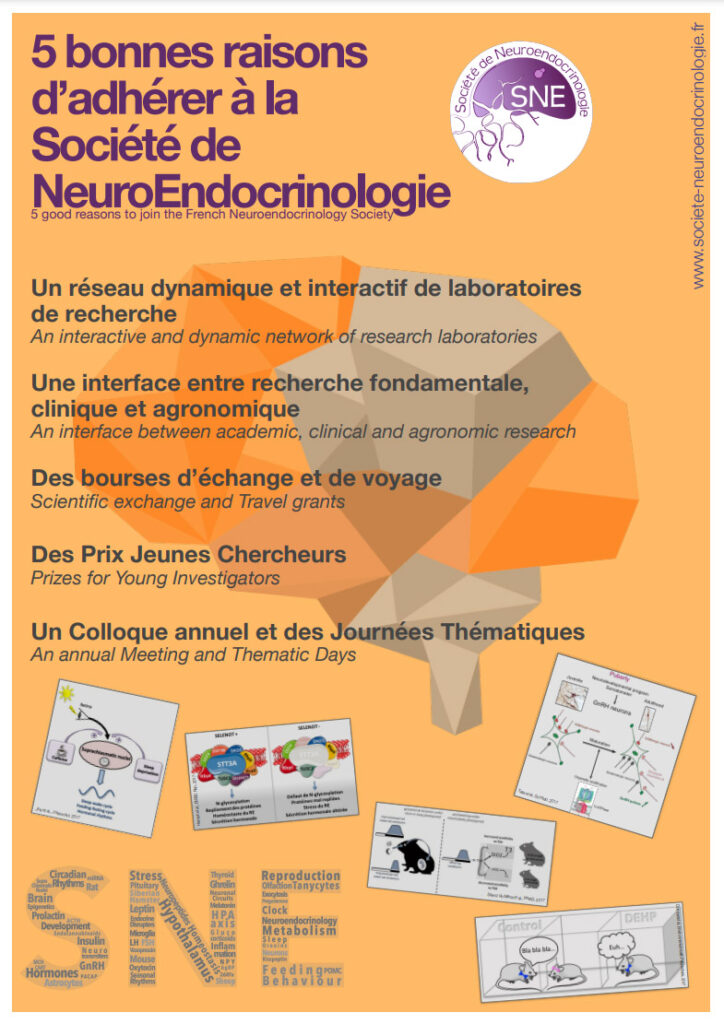Role of Sema3A/Neuropilin 1 signaling in GnRH system development and study of the involvement of NO-synthesizing neurons in the kisspeptin-dependent preovulatory activation of adult GnRH neurons.
Reproduction in mammals is regulated by neurons that synthesize and secrete gonadotropin-releasing hormone (GnRH) and across the species these neurons are present in few numbers scattered in the hypothalamus. Due to limited neurogenesis of these neuronal cell types outside the brain in the olfactory placode, these neurons are subjected to tight regulation during embryonic development to reach their final targets in the hypothalamus, from birth until puberty for minimal secretion of hormone and during adults to achieve pulsatile secretion of the hormone. Deregulation in any of these mechanisms may lead to deleterious effects on adult reproduction and clinical pathologies like absence of puberty, hypogonadism, sterility, amenorrhea, etc. Kallmann syndrome (KS), one of these severe reproductive pathologies is an inherited disorder and patients affected with this syndrome display anosmia (inability to smell) and hypogonadotropic hypogonadism (HH). Genetic screening of molecules in these patients lead to identification of genes like KAL1, FGFR1, FGF8, PROK2, PROKR2, WDR11 and CHD7 encoding proteins that play an important role in migration and targeting of olfactory system during embryonic development however these genes account only for 30% of KS cases emphasizing the need for further characterization and identification of other genes. While these proteins are involved in ontogenesis olfactory and GnRH system, genetic screening of molecules in patients suffering from normosmic idiopathic HH lead to identification of genes encoding for Kisspeptin receptor-GPR54, TAC-TACR3, LEP-LEPR, PCSK-1, GnRH receptor-GnRHR and GnRH-1 itself that play a crucial role in occurrence of puberty or adult reproduction.
Here, for my PhD thesis, we focused on studying the role of guidance molecule Semaphorin3A (Sema3A)-Neuropilin1 (Nrp1) interactions in ontogenesis of GnRH neurons during embryonic development while in adults we first addressed the question if hypothalamic Kisspeptin neurons interact with neurons containing neuronal nitric oxide synthase (nNOS), the mutation of which causes HH in mice, and physiological significance of this interactions in regulation of GnRH neurons and neuroendocrine control of female reproduction.
Semaphorin3A, that belongs to highly conserved semaphorin family of guidance molecules has been known to be implicated in ontogenesis and targeting of olfactory system through its receptor Neuropilin1 however its role in development of GnRH neurons and adult reproduction is not known. Using genetic mouse model Nrp1sema/sema that has a mutated Neuropilin1 receptor lacking functional semaphorin binding domain, we identified the crucial role of these interactions implied in ontogenesis of GnRH neurons. These mice had disrupted olfactory and vomeronasal projections to the olfactory bulb and to the ventral forebrain respectively. Disrupted olfactory projections lead to suckling dysfunction and early postnatal death while the disrupted vomeronasal projections lead to defective migratory behavior of GnRH neurons. The few mutant mice that grow until adults display reproductive deficits and KS like phenotype and interestingly genetic screening of human patients suffering from KS by our collaborators lead to the identification of inactivating mutations of SEMA3A gene in these patients.
Hypothalamic Kisspeptin and Nitric oxide synthesizing neurons have been recognized as key regulators of GnRH neurons modulating adult reproductive function. However, no efforts have been made to study if there is any cross-talk existing between the 2 neuronal cell types. Here, we show that kisspeptin neurons project to specific population of nNOS neurons in the preoptic region and the nNOS neurons in these region express kisspeptin receptor GPR54. Intraperitoneal injections of kisspeptin-10 readily induced posttranslational modification of nNOS protein in these neurons and these modifications by kisspeptin-10 require Gpr54 receptor and is mediated through PI3K-AKT pathway. Interestingly, we demonstrate that during the gonadal steroid negative feedback, a constitutive basal level of NO released by neurons in the preoptic region maintain tonic inhibition on GnRH neurons resulting in nadir levels of gonadotropin release whereas high activation of NO synthesizing neurons in the preoptic region induced by increased estrogen-kisspeptin signaling during the gonadal steroid positive feedback leads to high amount of NO release that eventually set GnRH neurons to release peak levels of GnRH hormone resulting in a surge of gonadotropins necessary to trigger ovulation.
Finally our results demonstrate that Sema3A-Nrp1 interactions are implicated in ontogenesis of olfactory and GnRH neurons during embryonic development and nNOS neurons are important mediators of peripheral estrogens-kisspeptin signaling onto GnRH neurons and adult reproduction and propose to further study the implication these nNOS neurons in reproductive pathologies.
Keywords: GnRH, Sema3A, Neuropilin1, Kisspeptin, GPR54, nNOS, reproduction.
Présentée le 12 décembre 2011
Laboratoire où a été préparée la thèse :
Développement et Plasticité du Cerveau Postnatal, Inserm U837, Centre de Recherches Jean-Pierre Aubert
Place de Verdun, 59045 LILLE Cedex
Nom du directeur de thèse : Vincent Prévot

